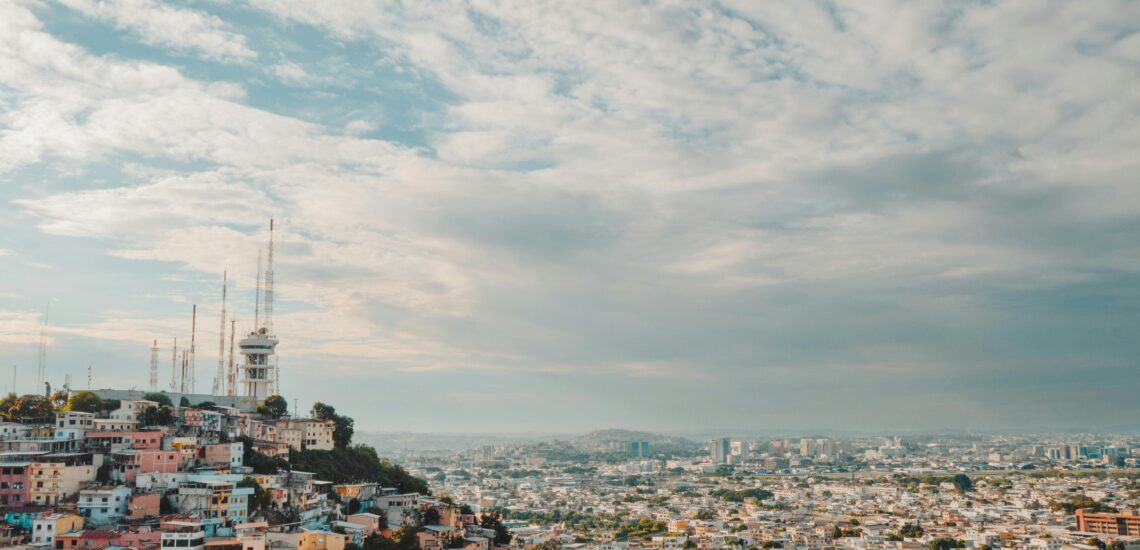10 Interesting Facts About Ecuador
Quick facts about Ecuador:
- Population: Approximately 18 million people.
- Capital: Quito.
- Largest City: Guayaquil.
- Official Language: Spanish.
- Currency: United States Dollar (USD).
- Government: Unitary presidential republic.
- Major Religion: Roman Catholicism.
- Geography: Situated on the equator in northwestern South America, Ecuador is known for its diverse landscape, including the Andes Mountains, Amazon Rainforest, and Galapagos Islands, covering an area of about 283,560 square kilometers.
Fact 1: The first 2 UNESCO World Heritage sites are from Ecuador
World’s first two UNESCO World Heritage sites are the Galápagos Islands and Quito’s Historic Center in Ecuador. The Galápagos Islands were inscribed in 1978, followed by Quito’s Historic Center in the same year. Ecuador’s UNESCO World Heritage sites include:
- Galápagos Islands: Renowned for their unique biodiversity and significant role in shaping Charles Darwin’s theory of evolution, the Galápagos Islands are a remote archipelago located in the Pacific Ocean. These volcanic islands are home to numerous endemic species, including giant tortoises, marine iguanas, and blue-footed boobies.
- Quito’s Historic Center: Quito, Ecuador’s capital, is home to one of the best-preserved colonial centers in Latin America. Founded in the 16th century, the historic center features well-preserved architecture, including churches, convents, and palaces, reflecting a blend of Spanish, Moorish, Flemish, and indigenous influences.
- Sangay National Park: Designated in 1983, Sangay National Park is located in the eastern Andes and encompasses diverse ecosystems, including cloud forests, páramo grasslands, and volcanic landscapes. The park is home to rare and endangered species such as the Andean condor and the mountain tapir.
- City of Cuenca: Inscribed in 1999, the City of Cuenca is renowned for its well-preserved colonial architecture and historic urban layout. Located in the southern highlands of Ecuador, Cuenca’s cobblestone streets, churches, and plazas offer visitors a glimpse into its rich cultural heritage.
- Ecuadorian Amazon: The Ecuadorian Amazon, designated as a UNESCO site in 1999, encompasses vast stretches of tropical rainforest and is one of the most biodiverse regions on the planet. This pristine wilderness is home to indigenous communities, diverse wildlife, and unique ecosystems vital for global biodiversity conservation.
Note: If you plan to visit the country, check if you need an International Driver’s License in Ecuador to drive.

Fact 2: The name Ecuador comes from the equator
The name “Ecuador” was inspired by the country’s geographic location straddling the equator. It stems from the Spanish word “ecuador,” meaning “equator.” Ecuador gained independence from Spanish colonial rule in 1830 and was originally part of the Spanish Viceroyalty of Peru. After achieving independence, the territory was briefly part of Gran Colombia, a larger republic that also included present-day Colombia, Venezuela, and Panama. However, political tensions led to the dissolution of Gran Colombia, and Ecuador emerged as a separate nation in 1830. The country’s name reflects its unique position along the equator, which runs through the northern region of the country.
Fact 3: Chocolate is an integral part of Ecuador
The country is renowned for producing some of the world’s finest cacao beans, which are the key ingredient in chocolate. Ecuador’s climate and soil conditions provide an ideal environment for growing cacao trees, particularly in regions such as the province of Manabí and the Amazon rainforest.
Ecuadorian chocolate is celebrated for its rich flavor profiles and distinct varieties, ranging from fruity and floral to nutty and earthy. The country’s chocolate industry encompasses a wide range of producers, from small-scale artisanal chocolatiers to large-scale exporters.
Beyond its significance in the culinary realm, chocolate plays a cultural role in Ecuadorian traditions and festivities. Cacao has been cultivated in Ecuador for centuries, dating back to pre-Columbian civilizations such as the Mayans and the Incas, who revered cacao as a sacred and ceremonial crop.
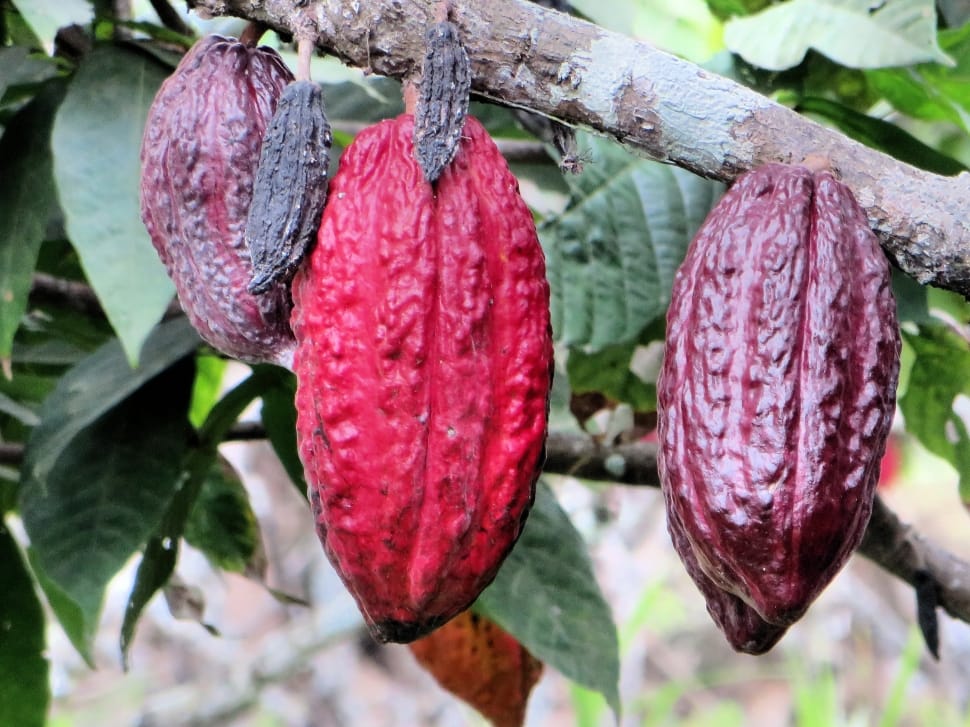
Fact 4: Ecuador is the first country to formally recognize the rights of nature
Ecuador made history in 2008 by becoming the first country in the world to formally recognize the rights of nature in its constitution. This groundbreaking initiative aimed to protect the environment and promote sustainable development by granting legal rights to ecosystems, including forests, rivers, and wildlife.
Enshrined in Ecuador’s constitution, the Rights of Nature framework recognizes nature as a rights-bearing entity with intrinsic value and the right to exist, flourish, and evolve. This innovative approach reflects Ecuador’s commitment to environmental conservation and reflects indigenous philosophies that view nature as a living entity deserving of respect and protection.
Fact 5: Ecuador is a country with a mega-diversity of animal life
Ecuador is celebrated for its mega-diversity of animal life, boasting an astounding array of species across its diverse ecosystems. With over 1,600 bird species, 4,500 butterfly species, and 345 species of reptiles, including iconic creatures such as jaguars, spectacled bears, and giant tortoises, Ecuador stands as one of the world’s most biodiverse countries. Additionally, more than 25,000 plant species thrive within its borders, contributing to its rich ecological tapestry. From the Amazon rainforest, home to thousands of plant and animal species, to the Andean highlands, where rare Andean condors soar, and the Galápagos Islands, famed for their unique wildlife, Ecuador’s commitment to conservation and its rich natural heritage make it a hotspot for ecotourism and scientific exploration.
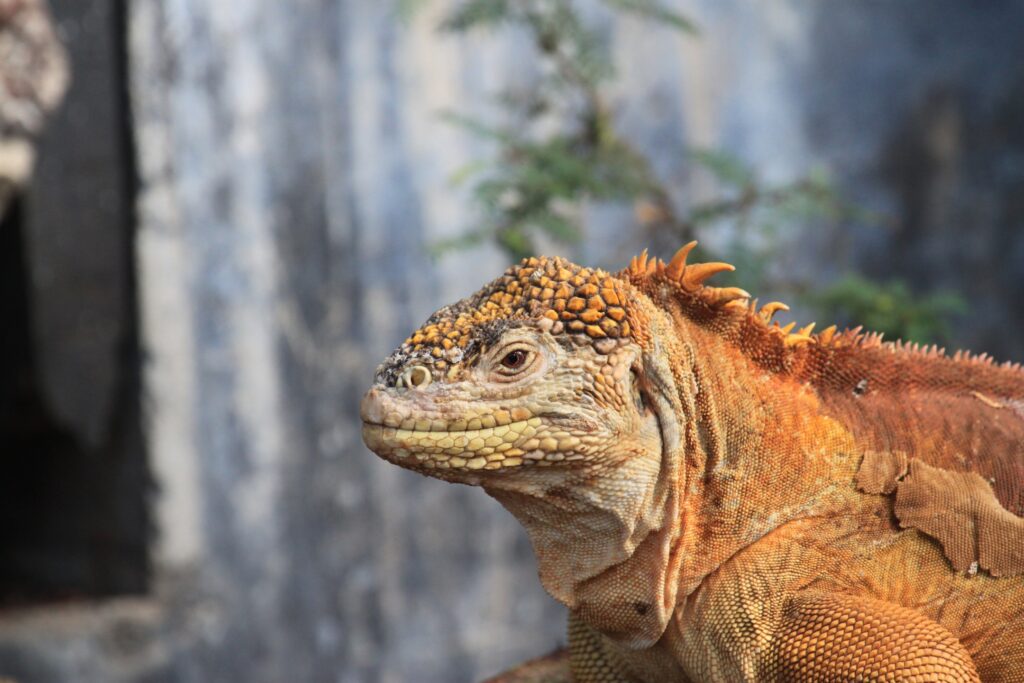
Fact 6: Ecuador has a point that is farther from the center of the earth than Everest
Ecuador’s Mount Chimborazo, an inactive stratovolcano in the Andes Mountains, features a peak that is the farthest point from the Earth’s center due to the planet’s equatorial bulge. Despite Mount Chimborazo’s summit elevation of 6,263 meters (20,548 feet) being lower than that of Mount Everest, which stands at 8,848 meters (29,029 feet), its location near the equator grants it a unique distinction. This geographical feature causes Earth’s equatorial region to bulge outward slightly, making the peak of Mount Chimborazo approximately 2 kilometers (1.24 miles) farther from the Earth’s center compared to Mount Everest’s peak. As a result, Mount Chimborazo’s summit holds the title for being the point on Earth’s surface farthest from its center.
Fact 7: Ecuador is the largest exporter of bananas
Ecuador holds a dominant position in the global banana market, consistently ranking as the world’s top exporter of bananas (over 25% of global banana exports). The country’s favorable climate, fertile soil, and extensive banana plantations contribute to its significant production and export volumes. Ecuador’s bananas are renowned for their high quality, taste, and affordability, making them highly sought after in international markets. With a strong presence in global trade, Ecuador plays a crucial role in meeting the global demand for bananas, supplying a substantial portion of the world’s banana consumption.
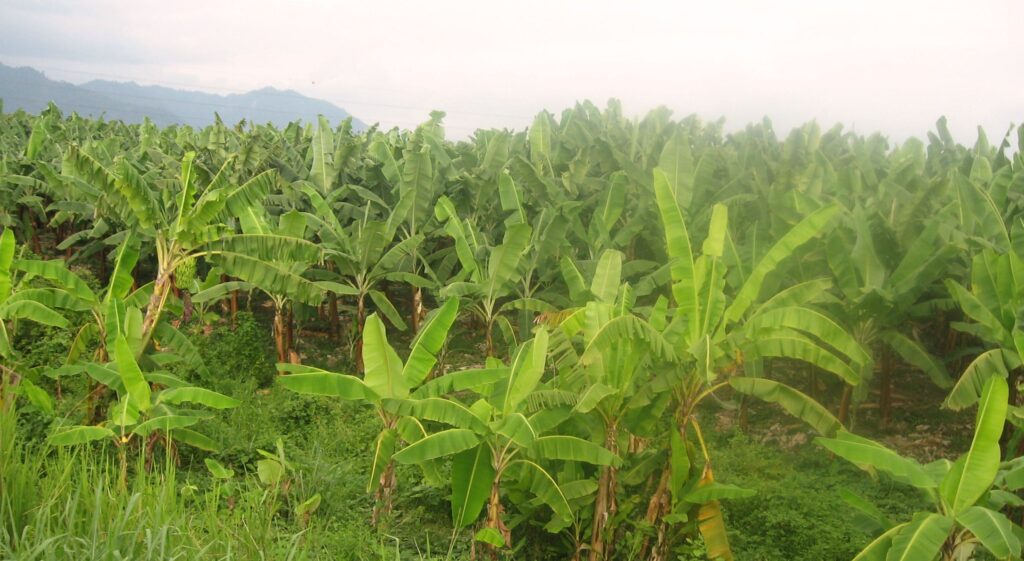 Revolution_Ferg, (CC BY 2.0)
Revolution_Ferg, (CC BY 2.0)Fact 8: They eat guinea pigs in Ecuador
Guinea pigs, known as “cuy” in Ecuador, are consumed as a traditional delicacy in certain regions of the country. Cuy has been a staple food in Ecuadorian cuisine for centuries, particularly in the Andean highlands. It is often roasted or grilled whole and served with potatoes and aji sauce, a spicy condiment. While guinea pig consumption may seem unusual to some cultures, it holds cultural significance in Ecuador, where it is considered a nutritious and flavorful dish enjoyed during special occasions and celebrations.
Fact 9: There is an equator monument in Ecuador, but it is not on the equator
There is a monument in Ecuador called the “Mitad del Mundo” (Middle of the World) Monument, which was constructed to mark the location of the equator. However, it is situated slightly north of the actual equatorial line. The monument was built in the early 20th century based on measurements that were slightly inaccurate, leading to its placement at a point that is approximately 240 meters (about 787 feet) north of the true equator.
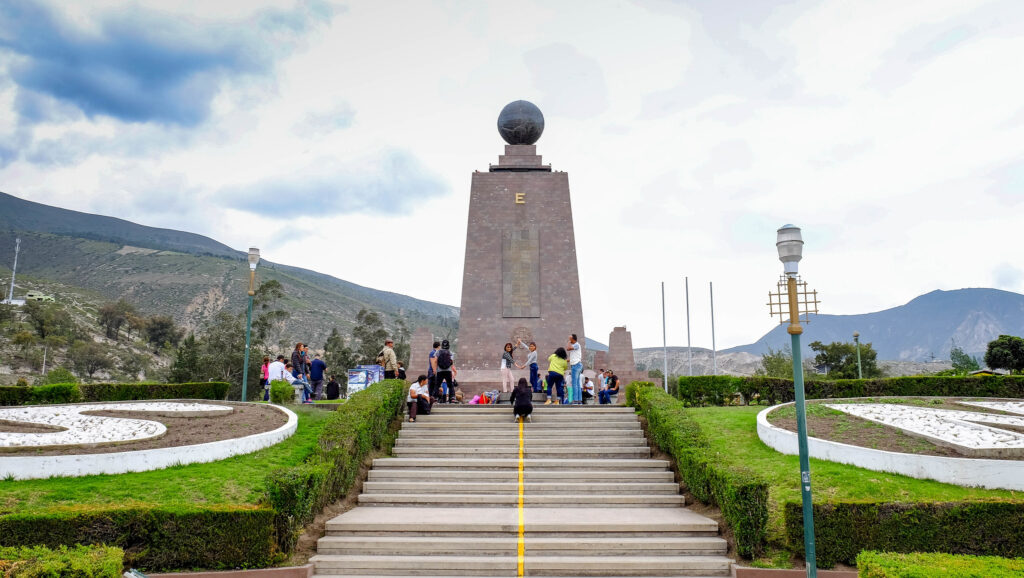 serena_tang, (CC BY-NC-ND 2.0)
serena_tang, (CC BY-NC-ND 2.0)Fact 10: There are no developed railroads in Ecuador.
Historically, Ecuador did have a railway system, primarily used for transportation of goods and passengers between major cities and regions. However, much of the railroad infrastructure fell into disrepair over the years, and many rail lines ceased operations.
Currently, Ecuador has a limited railway network, primarily serving tourist routes rather than widespread transportation needs. The most famous of these is the “Nariz del Diablo” (Devil’s Nose) train route, a scenic journey through the Andes Mountains that attracts tourists for its breathtaking views and engineering marvels.

